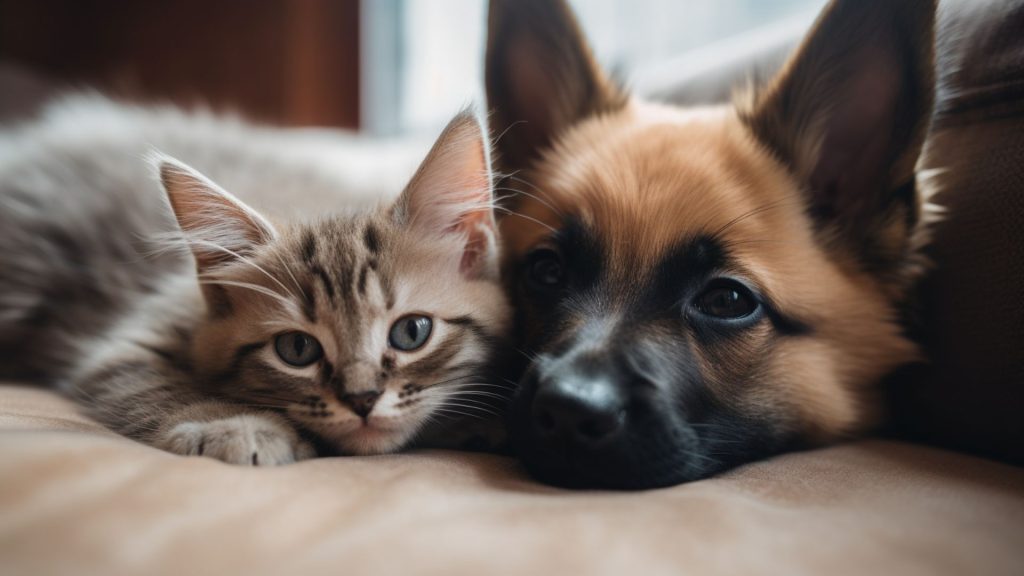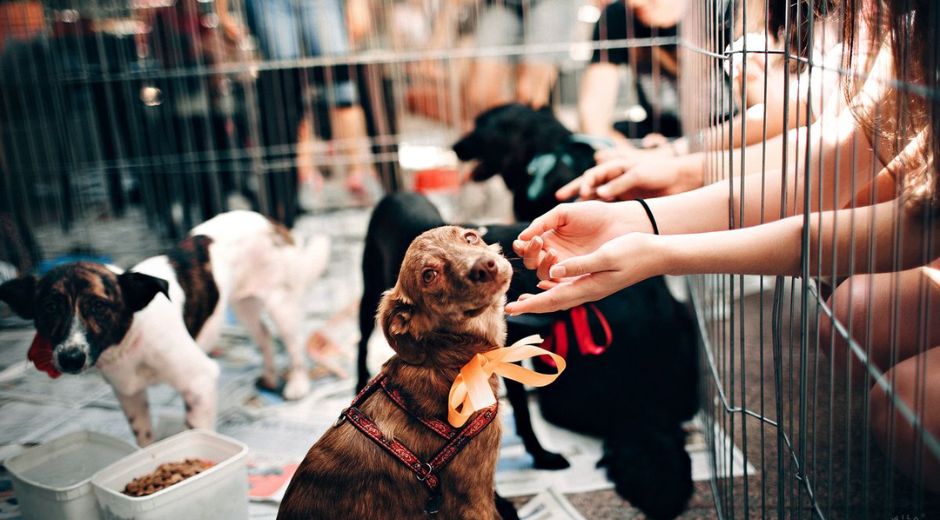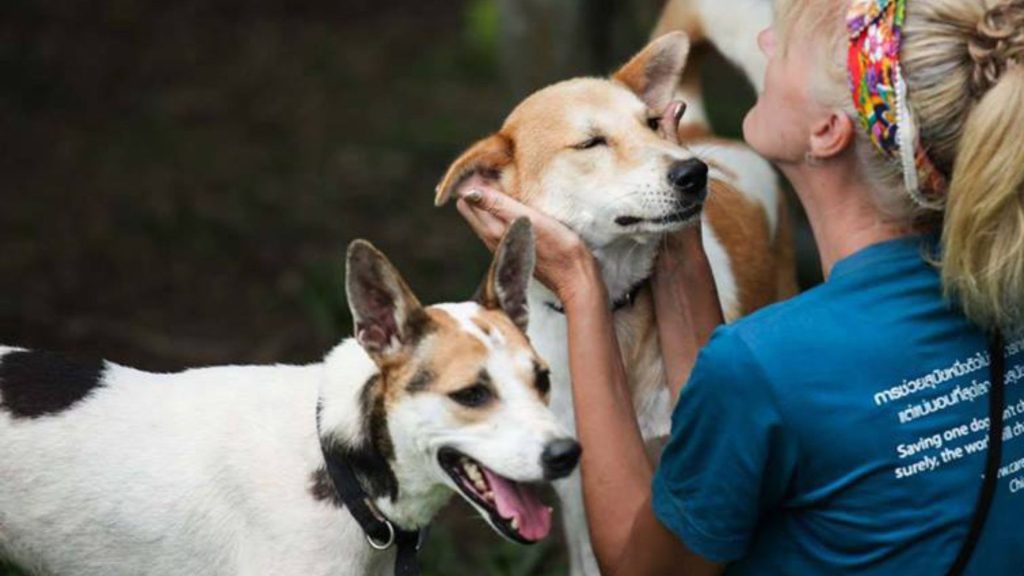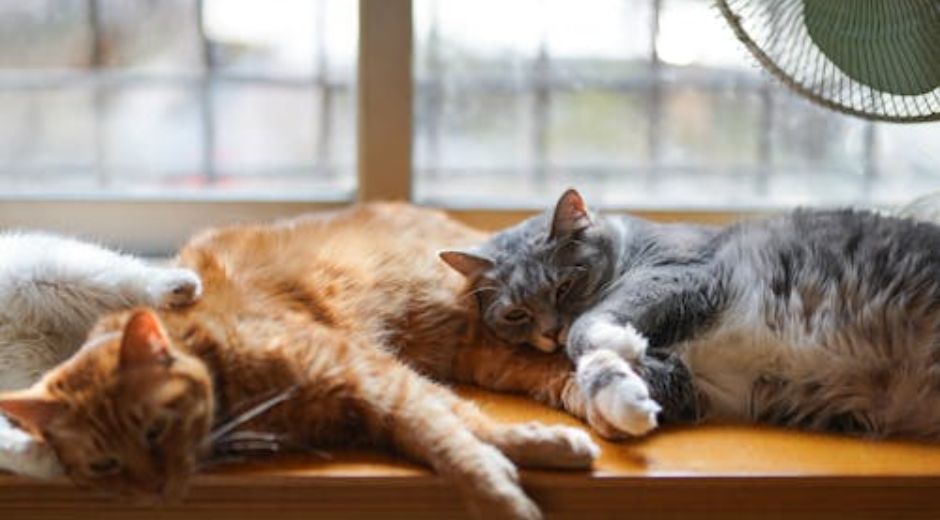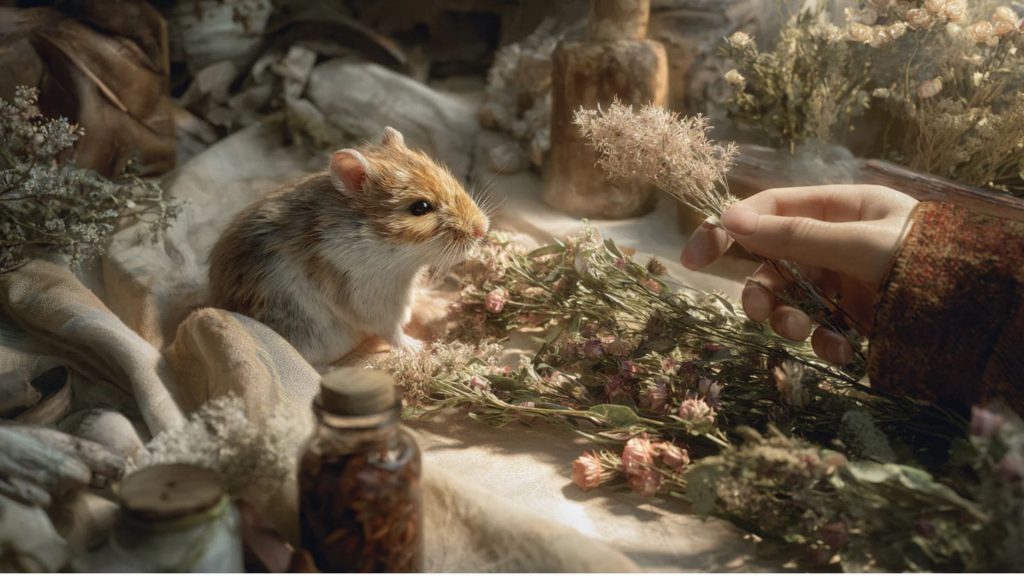How to Introduce Your Cat to a New Puppy the Right Way
How to Introduce Your Cat to a New Puppy the Right Way
The first step in How to Introduce your cat to a puppy happens before they even meet. Preparation is key. Your cat already has an established routine and territorial boundaries. A sudden disruption — new smells, noises, and energy — can cause stress.
Before bringing your puppy home, create safe spaces for your cat. Designate high perches, cozy corners, or entire rooms where your cat can retreat and observe the situation without feeling threatened. Introduce the puppy’s scent gradually by bringing in its blanket or toy for the cat to sniff.
The goal at this stage of How to Introduce your cat to a puppy is to build familiarity through scent rather than direct contact. Cats rely heavily on smell, so letting your feline “meet” the puppy’s scent beforehand can reduce anxiety once they meet face-to-face.
For more insights into animal behavior and adaptation, visit Bio Nature Vista, which offers fascinating studies on interspecies communication and animal psychology.
2. Keep the First Encounter Controlled
When it’s time for the actual meeting, How to Introduce them matters more than when you do it. Start in a neutral, quiet room where neither animal feels territorial. Keep your puppy on a leash and allow your cat to approach (or retreat) freely. Never force contact — curiosity should come naturally.
Use positive reinforcement for both animals. Offer treats when they display calm behavior, and use soothing tones. If your cat hisses or swats, don’t punish them — it’s simply their way of setting boundaries.
This stage of How to Introduce your cat and puppy is about observation, not bonding. Keep meetings short and end them positively before tension escalates. Over time, your pets will begin associating each other with calm and reward, rather than stress or fear.
If you’d like to learn about other species and how they establish trust in shared spaces, check out Zoopora, where nature’s coexistence stories offer valuable lessons for pet owners too.
3. Use Scent and Sound Desensitization
Understanding How to Introduce animals also involves managing sensory adaptation. Cats can become defensive when confronted with new sounds or scents — like the playful barking of a puppy.
Let your cat listen to recordings of puppy sounds before the meeting to reduce shock. You can also gently rub a cloth on your puppy and place it near your cat’s resting spot, allowing them to associate the scent with safety and relaxation.
Similarly, use the puppy’s space to familiarize it with the cat’s smell — a blanket, toy, or even scratching post fabric can work. The key to How to Introduce both species effectively lies in repeated, low-stress exposure to each other’s sensory world.
4. Reward Calm Behavior and Redirect Energy
Your puppy’s excitement might be too much for your cat, especially in the early days. A huge part of How to Introduce a cat and dog involves managing that energy. Puppies are naturally curious, but too much jumping or barking can push your cat into hiding.
Encourage calm interactions. Reward your puppy when it stays relaxed around your cat. Offer gentle praise and treats for both pets when they remain calm in the same space. If the puppy becomes overstimulated, redirect its attention with toys or training exercises.
This method, often discussed on platforms like Trip Beyond Travel, is rooted in behavior conditioning — creating positive associations between new experiences and calm behavior.
Remember: How to Introduce pets successfully means teaching them that peaceful coexistence brings good things — affection, treats, and attention.
5. Respect Each Pet’s Personality
No two animals are alike, and one of the most crucial elements in How to Introduce your cat and dog is respecting their individuality. Some cats are naturally social and curious, while others prefer solitude. Puppies, too, vary in temperament — a gentle, patient breed may adjust faster than an energetic one.
Pay attention to subtle cues:
If your cat’s tail is puffed or ears are back, give it space.
If your puppy fixates or barks excessively, remove it from the situation calmly.
Forcing proximity too soon can backfire. Each positive, stress-free encounter is a step forward. Over time, consistency and patience turn cautious curiosity into companionship.
6. Establish Boundaries and Routine
A major part of How to Introduce new animals involves setting structure. Cats thrive on predictability, while puppies learn through repetition. Feeding, playing, and resting schedules should be consistent to avoid tension.
Give your cat private access to essentials — food, litter box, and resting areas. Puppies are often too curious for their own good, and invading a cat’s space can cause conflict. Baby gates, pet barriers, or room dividers are excellent tools during the early stages.
As your pets adjust, you can increase shared time. Consistency and stability help your cat feel secure and your puppy learn boundaries — essential lessons in How to Introduce animals successfully.
7. Encourage Play and Shared Positive Experiences
Once your cat and puppy tolerate each other’s presence, the next stage of How to Introduce them involves creating positive joint experiences. Use interactive toys like feather wands or rolling balls that engage both animals without forcing physical contact.
Play helps release energy, reduces anxiety, and builds familiarity. Shared mealtimes can also be beneficial if both pets are calm — feeding them simultaneously but at a safe distance reinforces positive associations.
As days pass, those moments of play and calm coexistence grow longer. Soon, you’ll notice your cat walking past your puppy without hissing or your puppy lying nearby peacefully. That’s when you’ll know your How to Introduce plan is truly working.
8. Monitor Long-Term Dynamics
The final step in How to Introduce your cat and new puppy is ongoing observation. Even after initial harmony, new triggers can arise — like visitors, loud noises, or changes in the home environment.
Regular training, continued scent swapping, and separate quiet spaces will keep the peace intact. Remember, your goal isn’t necessarily to make them best friends — coexistence and comfort are realistic and rewarding outcomes.
For more guidance on nurturing multi-pet households and supporting animal well-being, explore articles at Zoopora, where harmony between species is a recurring theme inspired by nature itself.
Final Thoughts
Learning How to Introduce your cat to a new puppy the right way requires patience, empathy, and structure. It’s not about rushing to see them snuggle — it’s about building mutual respect and understanding through slow, positive experiences.
From scent swapping to reward-based training, every small step leads to big harmony. If you stay consistent and calm, your pets will mirror that energy.
In the end, How to Introduce is less about control and more about connection — helping your furry friends see each other not as rivals, but as companions sharing the same home and heart.
Wildlife Behavior Curiosity

Training and Trust: Building a Stronger Bond with Your Pet
Discover why biodiversity is vital for ecosystems, climate balance, and human survival, and how conservation protects life’s intricate web.

Biodiversity: The Foundation of Earth’s Living Systems
Discover why biodiversity is vital for ecosystems, climate balance, and human survival, and how conservation protects life’s intricate web.

Adaptation: How Animals Evolve to Survive Changing Worlds
Explore how adaptation helps animals survive climate shifts, predators, and new environments, revealing nature’s incredible resilience.
